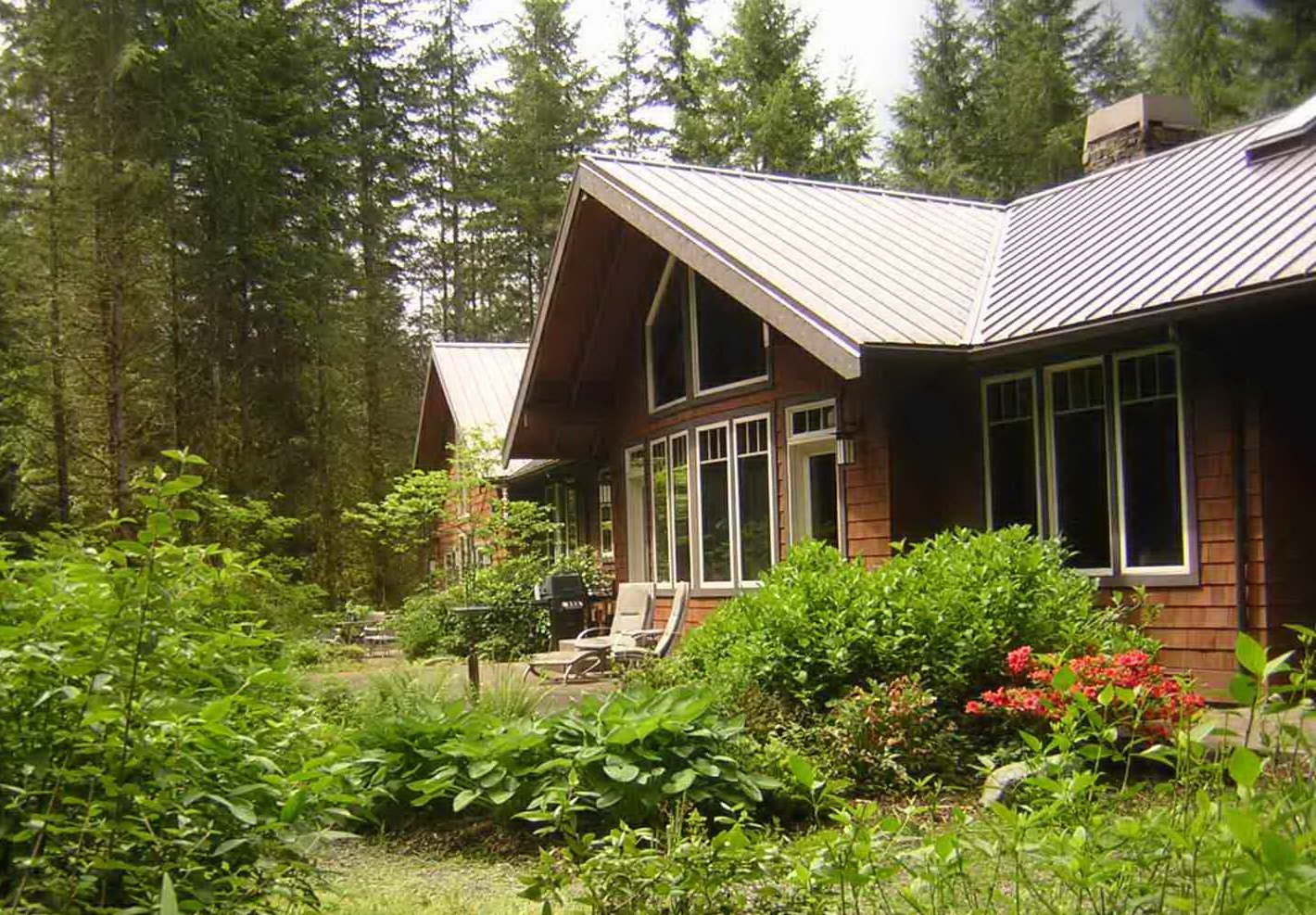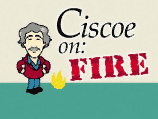Forest Fire Safety
Prepare for wildfire
Even in temperate western Washington it can take only a few sunny days for forests to dry out enough to catch fire. And, in windy conditions wildfires can get out of control quickly. Wildfires burn every year in east King County. Before wildfire strikes, homeowners can help protect lives and property by creating a fire-adapted space around structures.
Top 8 tips for maintaining a wildfire safety zone in the 30 feet around your home

- Remove all dead plant material from around your home. Rake up dry leaves (under decks and porches too!) and move firewood away from the house. Keep your roof and gutters clear of flammable debris.
- Place a 3 to 5-foot swath of gravel or stones around the foundation of your home instead of flammable mulch.
- Prune branches that overhang or touch the house.
- Take out "ladder fuels," vegetation between grass and treetops that can carry fire between foliage and structures.
- Keep blowing embers out of your house. Cover exterior vents with fine (1/8-inch) mesh.
- Store flammable materials, including cushions, indoors instead of on porches and decks.
- Use fire-resistant construction materials such as Class-A asphalt shingles, metal or concrete products for your roof.
- Use fire-resistant plants in the garden. Read our list of fire-resistant plants for the Puget Sound Basin (PDF), or search our illustrated online Native Plant Guide for fire-resistant plants.
Read our illustrated article in the August 2012 "Fire and Ice" issue of B&B magazine
Outside the 30-foot zone, manage woodlands for forest health. Fire safe forests can also be healthy forests. Forests with sufficient growing space for trees are not only less susceptible to fire, properly managed forests are healthier and more drought tolerant that forests where trees are crowded together with many dead lower limbs or dry brush.
Looking for that personal touch? Our foresters offer free technical assistance and neighborhood-based workshops to help you spot wildfire risks on your property and what do about them. We provide individual consultations as well as neighborhood-based workshops. To learn more, contact Wendy Sammarco with the King County Forestry Program.
Learn more tips for creating beautiful and fire-safe landscapes from our brochure, Fire Safety Tips for Rural Homeowners (Acrobat pdf).

See Ciscoe on Fire!
Watch host Ciscoe Morris fight wildfire with flowers in this 20-minute video. Tips on colorful plant choices for fire-resistant landscapes.
King County's areas of highest wildfire risk
Washington Department of Natural Resources performed wildfire risk assessments for six areas in King County that were judged to be at high risk for wildfire. These areas include neighborhoods in the greater North Bend, Black Diamond/Green River Gorge, Cumberland, Kanaskat/Selleck, Lake Retreat/Rock Creek, and Snoqualmie Pass areas.
Firewise Communities/ USA
Firewise USA is a national program that encourages local solutions for wildfire safety. Their website has information for homeowners on how to reduce wildfire risk. By enrolling in Firewise USA recognition program, communities are eligible for incentives and additional educational resources. The program is operated by the National Fire Protection Association with support from the USDA Forest Service, US Department of the Interior, and the National Association of State Foresters.
This service page is provided by the King County Forestry Program.
King County's Firewise work is funded in part by Federal funds allocated to counties under the Secure Rural Schools and Community Self-Determination Act of 2000.
Other service providers
- Firewise USA
- Fire Adapted Communities
- KCD Wildfire Resiliency Services
- Northwest Interagency Coordination Center wildfire incident reports
- InciWeb announcements and maps of active wildfires
For questions about forestry services in King County, Washington, please contact Wendy Sammarco, Forester, King County Forestry Program.

 Translate
Translate